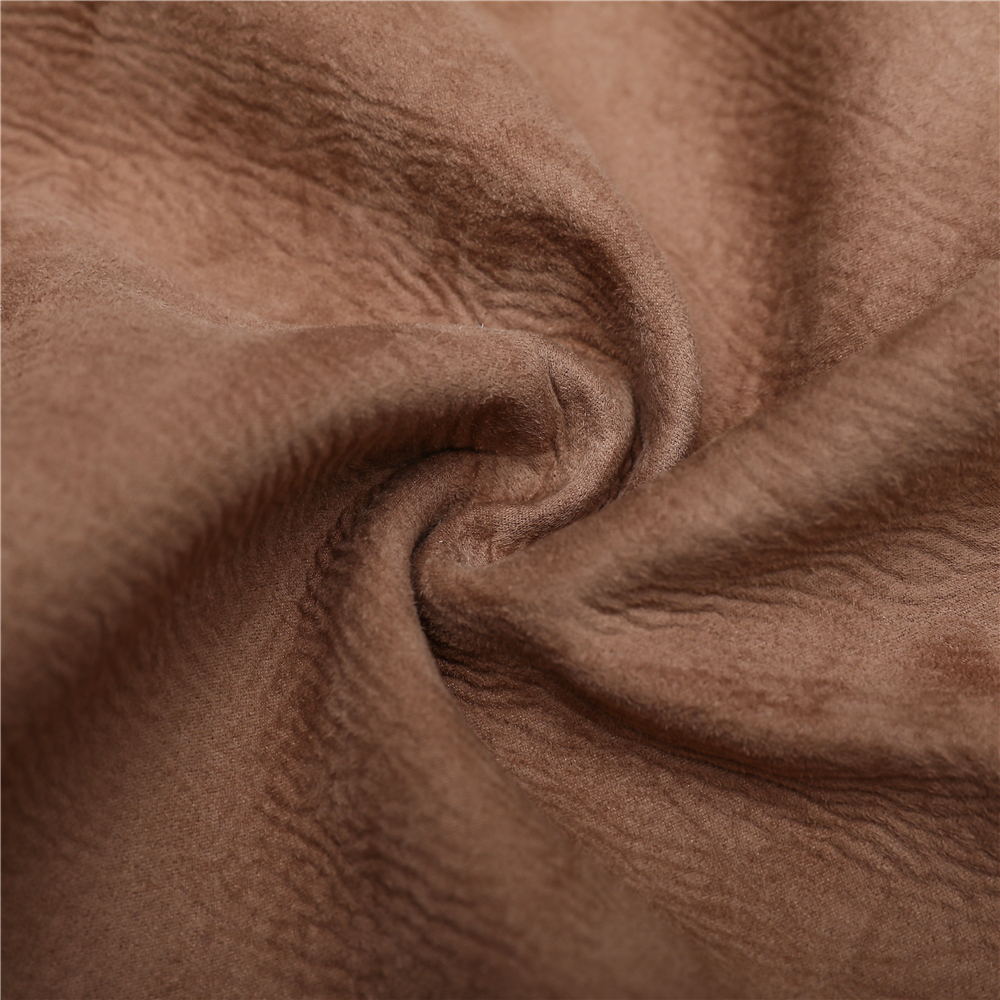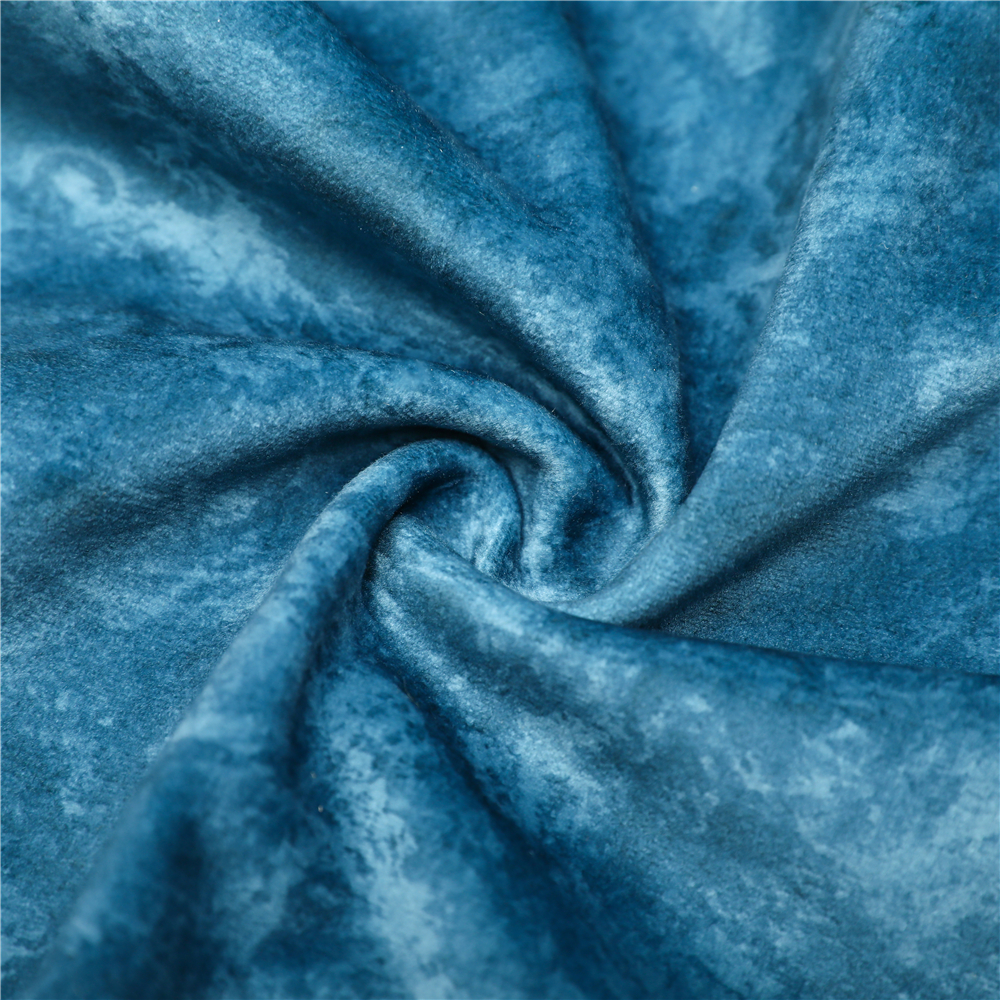Tricot fabrics can exhibit a degree of elasticity, but their level of elasticity can vary depending on several factors, including the yarns used, the specific tricot knitting pattern, and the machine settings. Here are some key considerations regarding the elasticity of tricot fabrics:
Type of Yarn: The choice of yarn has a significant impact on the elasticity of tricot fabrics. Yarns like spandex (also known as elastane or Lycra) are highly elastic and are often incorporated into tricot fabrics to enhance their stretch and recovery properties.
Tricot fabrics made with spandex yarn can be very elastic.

Knitting Pattern: Tricot is a type of warp-knit fabric, and it is inherently more elastic than some other warp-knit patterns. The structure of tricot allows for crosswise and lengthwise stretch, contributing to its overall elasticity.
Machine Settings: The settings of the knitting machine, including the gauge (stitch size) and the machine's configuration, can affect the elasticity of the fabric. Machine adjustments can be made to produce tricot fabrics with varying degrees of elasticity.
Stitch Density: The density of stitches in the fabric can influence its elasticity. Tricot fabrics with a higher stitch density tend to be less elastic, while those with lower stitch density may exhibit more stretch.
Spandex Blending: Blending spandex or other elastic yarns with the primary yarn in tricot fabric can enhance its elasticity. Fabrics made with a combination of spandex and other yarns offer controlled stretch and recovery.
Purpose and Application: The intended use of the tricot fabric plays a significant role in determining its elasticity. Fabrics designed for applications like sportswear, activewear, or swimwear often prioritize elasticity to provide flexibility and comfort during movement.
Finishes: Some tricot fabrics may receive finishes or treatments to enhance their elasticity or other performance characteristics. These finishes can contribute to increased stretch and recovery properties.
In summary, tricot fabrics can be elastic, and their elasticity can be adjusted based on the choice of yarns, knitting patterns, machine settings, and other factors. Tricot fabrics are commonly used in a wide range of applications, and their elasticity can be tailored to suit the specific requirements of each application, from highly elastic sportswear to less elastic linings and undergarments.

 英语
英语 中文简体
中文简体

















